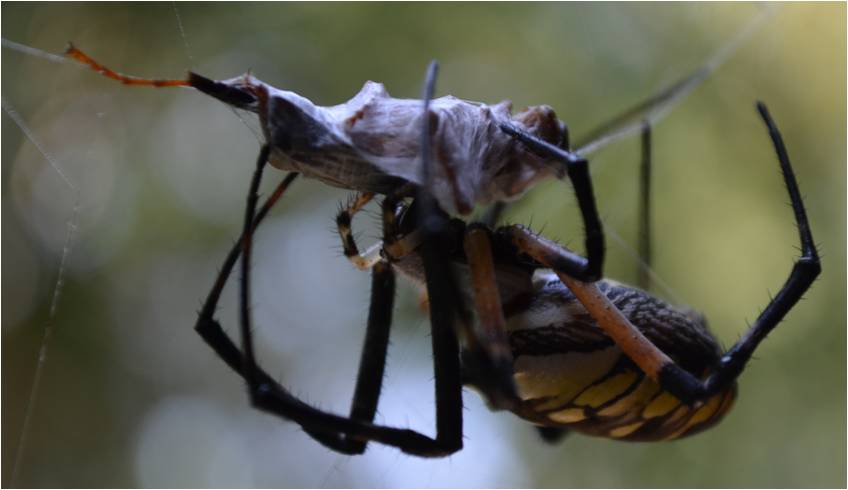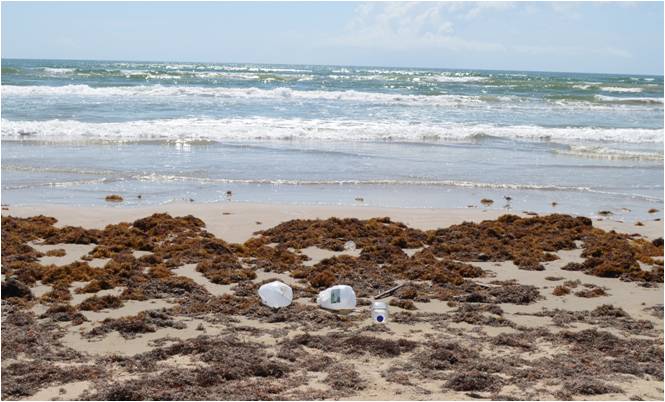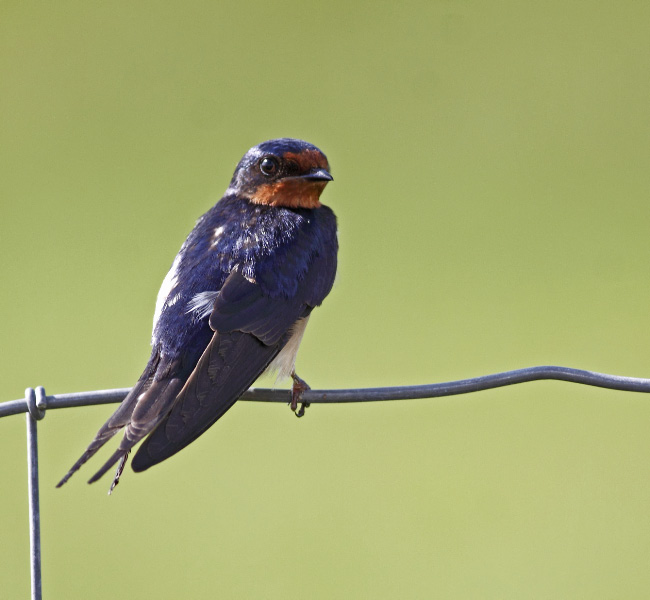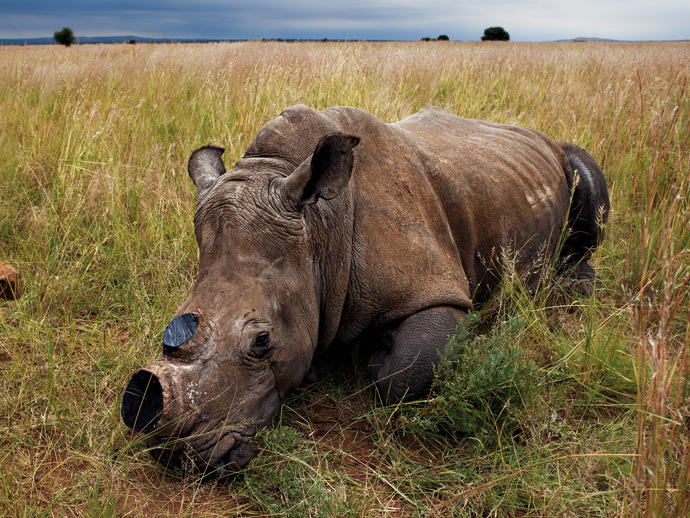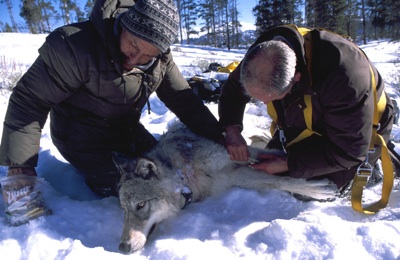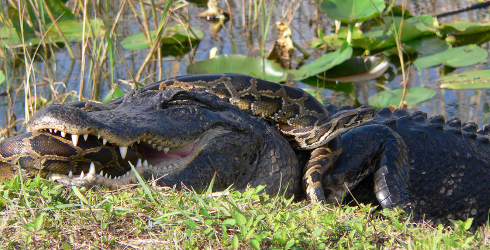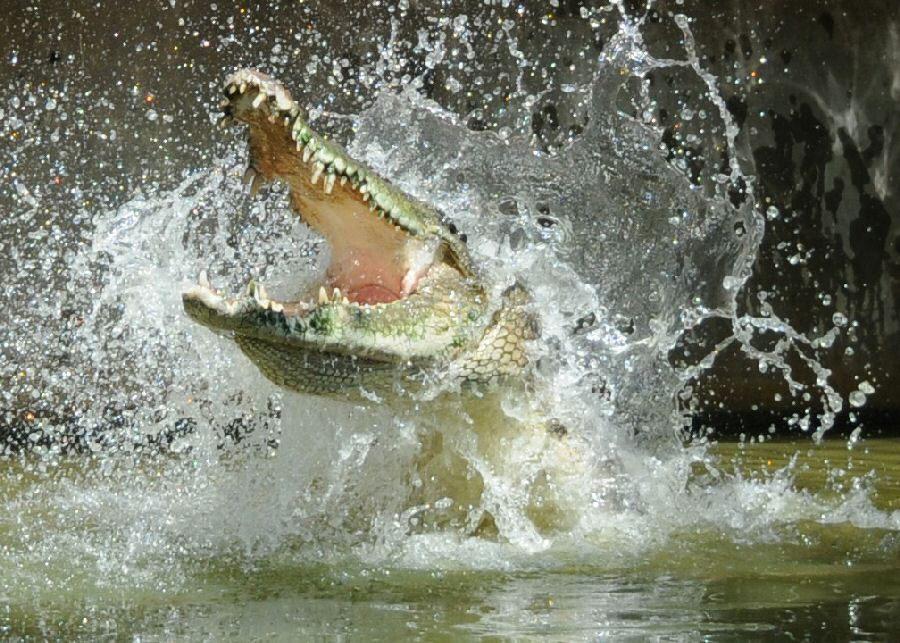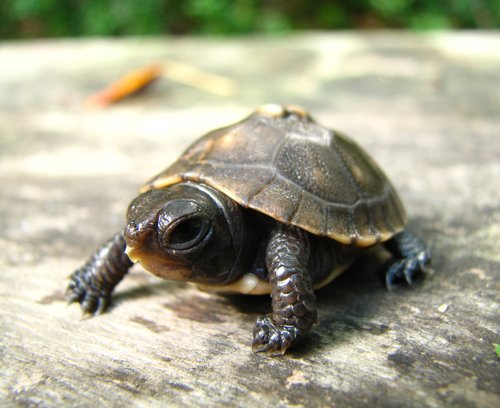Like a lot of you, I used to be quite fearful of a number of arthropod species. That was until one chance encounter with an Argiope aurantia named Matilda and a visit to the Cockrell Butterfly Center in Houston. The biggest problem with fear is that it clouds our understanding. Although a lot of arthropods have the potential to act as disease vectors, the vast majority actually helps rather than harms humans. A big misconception is that arthropods are just insects. The word insect simply implies six legs. Regardless of leg number, there are over 1,000,000 species of arthropods. This …
Let’s Hear it for Arthropods!
